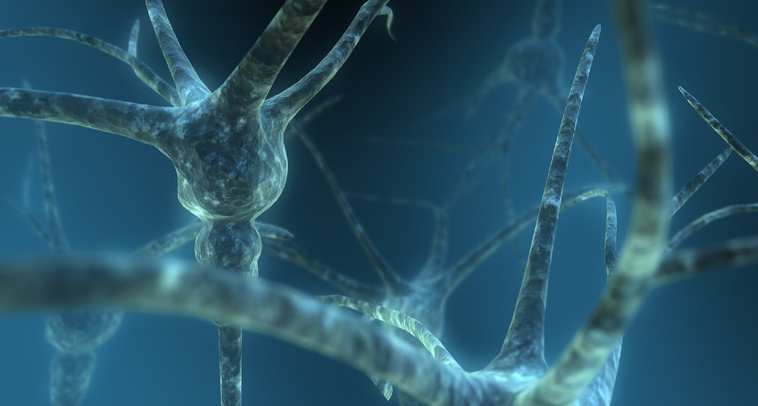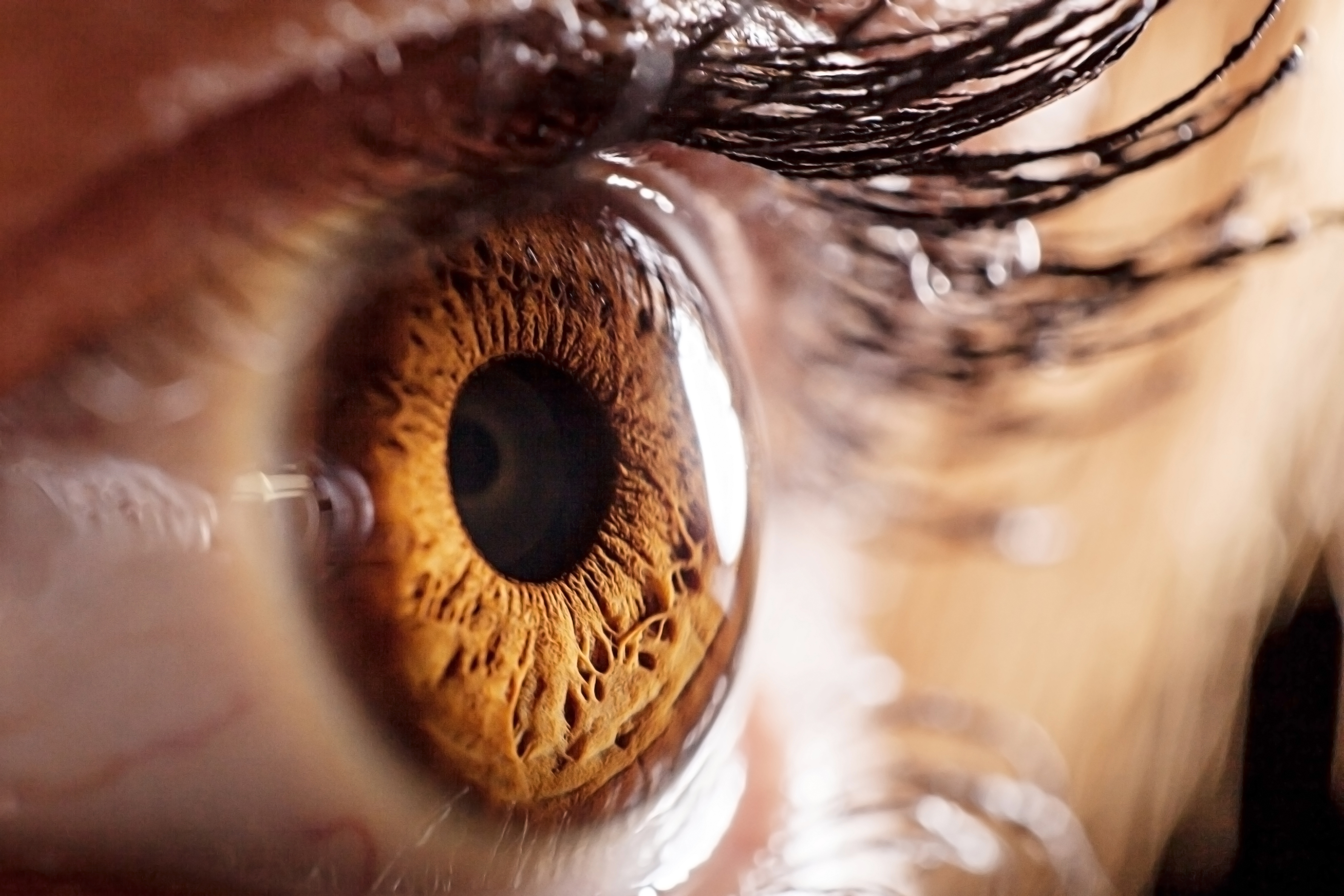
Uncovering the brain biology of eating disorders

Technologies like brain imaging and gene mapping are starting to shed light on the biological drivers of eating disorders, including a link to how our eyes track between points, but is prejudice towards a serious mental illness slowing down progress?
Published 1 October 2017
Why are some people vulnerable to eating disorders and others not?
There is emerging evidence it may in a part reflect brain abnormalities that affect eye movement and the regulation of anxiety. It could open up new avenues for developing drug treatments for treating eating disorders that are among the most dangerous of all mental illnesses, and among the hardest to cure.

The problem is, while advances in brain imaging and gene mapping are starting to reveal for the first time the biological underpinnings of various psychological disorders, they come with a high price tag. And that risks marginalising research into a mental illness like eating disorders, which despite their severity and the shortage of treatment options, can still struggle to be taken seriously.
“We badly need something new in tackling eating disorders,” says University of Melbourne psychologist Dr Scott Griffiths.
He is part of a team led by Professor Susan Rossell at Swinburne University, that also includes her colleague Dr Andrea Phillipou and St Vincent’s Hospital’s Professor David Castle, that is researching a link between anorexia nervosa and the way a person’s eyes track between two points. It may provide a crucial biological marker for what is the deadliest of all mental illnesses, having a mortality rate of up to 7 per cent.
Lack of treatments
Dr Griffiths warns there are no widely effective medicines for curing eating disorders. While psychological traits like poor self-esteem or perfectionism are associated with the illness, we know little about the neurobiological underpinnings of the disorder. That makes it difficult to develop effective drugs, and leaves treatment heavily reliant on traditional psychological counselling.
That is a serious problem when treatment for eating disorders only improves symptoms in only about 40 per cent of cases.

The big hope he says is in better understanding what may be happening in someone’s brain that makes him or her vulnerable to developing an eating disorder. Their current work points to possible abnormalities in the neural pathways of a specific part of the brain and possibly the regulation of a chemical – gamma-aminobutyric acid – that acts to calm the nervous system.
“We are trying to pin point the biological basis of anorexia nervosa and other eating disorders, which can then be a starting point for new treatments, and at the very least be used as an adjunct to talk therapy,” says Dr Griffiths.
Taking eating disorders seriously
But he says eating disorders risk being left behind in the hunt for the biological causes of the illness because they aren’t given the same research funding priority as other mental illnesses.
With colleagues from the University of California, San Francisco, and the University of Toronto, Dr Griffiths has done the numbers on the relative research funding of eating disorders. Published as a letter in the October issue of the highly regarded international journal World Psychiatry, they warn that in the US, while schizophrenia attracts US$86.97 in funding per sufferer and autism US$58.65, funding for eating disorders is just US73c per affected individual.

The story is the same in Australia and Canada. In Australia, research funding for eating disorders is just A$1.10 per affected person, compared with A$32.62 for autism and A$67.36 for schizophrenia. In Canada it runs at CAD$2.41, but funding for autism is hundreds of times that at CAD$462.14, while funding for schizophrenia runs at CAD$103.31.
“My strong suspicion is that the discrepancy reflects a long standing view among some health professionals and among the public that eating disorders are somehow not real mental illnesses and are instead vain flights of fancy that affect teenage girls who just need to grow out of it. That couldn’t be further from the truth,” he says.

Health & Medicine
Why isn’t treatment for depression leading to lower prevalence?
“There is nothing trivial about osteoporosis setting, or having dangerously low electrolytes, or losing your fertility, and all the other consequences that come from starving to death from something that we don’t understand and is clearly very difficult to treat and to stop.”
Estimates for the prevalence of eating disorders in countries like Australia and the US, range from around 0.9 per cent for anorexia nervosa to 3.5 per cent for binge eating.
And while anorexia nervosa is the most deadly, the other eating disorders can also have severe consequences. Bulimia nervosa – in which a person chronically binge eats and then purges themselves with laxatives or self-induced vomiting – and binge eating – in which someone experiences bouts of chronic over-eating followed by fasting and dieting – can both lead to organ damage, heart problems, bone disease or even brain damage.
Some 97 per cent of those diagnosed with an eating disorder will end up reporting significant physical impairments, which is comparable to autism and schizophrenia, the researchers say.
“Keeping in mind the unknown causes of eating disorders, and the notoriously poor treatment outcomes, much research is needed to locate the precise brain-based mechanisms underpinning eating disorder psychopathology,” says University of California, San Francisco School of Medicine Assistant Professor Stuart B. Murray.

Health & Medicine
‘Rusty’ brains linked to Alzheimer’s
“But this necessitates costly studies which focus on neuroimaging and gene-mapping, and in the current funding climate, the absence of these studies will almost certainly prolong poor treatment outcomes.”
We can’t ignore social drivers
Dr Griffiths says the focus on discovering the biological causes of eating disorders doesn’t undermine the importance of talk therapy because a biological or genetic predisposition to a disorder doesn’t necessarily mean someone will develop the disorder.
“Disorders don’t manifest simply because of a genetic predisposition or because of biological risk factors, but because of behaviour we learn, perhaps as a coping mechanism, or because of something we are exposed to. These behaviours or coping mechanisms then need to be unlearned and that requires talking with people,” he says.
It also means that the role of society in encouraging eating disorders can’t be excused or ignored, he says.
“The growth in eating disorders in recent decades, for both females and males, is almost certainly driven by the high value we as a society put on appearance, and the messages being sent behind that.”
A South Australian demographic study of two sets of 3,000 people found that the prevalence of binge eating among females doubled from 2.7 per cent in 1998 to 5.7 per cent in 2008, and among males rose from 2.6 per cent to 4.1 per cent. The prevalence of extreme dieting among females rose from 2.5 per cent to 4.3 per cent, and jumped among males from just 0.5 per cent to 2.4 per cent.
The prevalence of purging among female actually fell slightly between 1998 and 2008 from 1.7 per cent to 1.5 per cent, but among men it rose from 0.1 per cent to 0.5 per cent.
“So just because we have the chance to improve treatments, it doesn’t mean we shouldn’t be trying to stop eating disorders in the first place,” says Dr Griffiths.
Banner Image: Scott Ingram/Flickr

